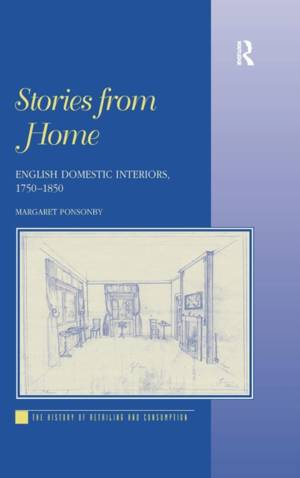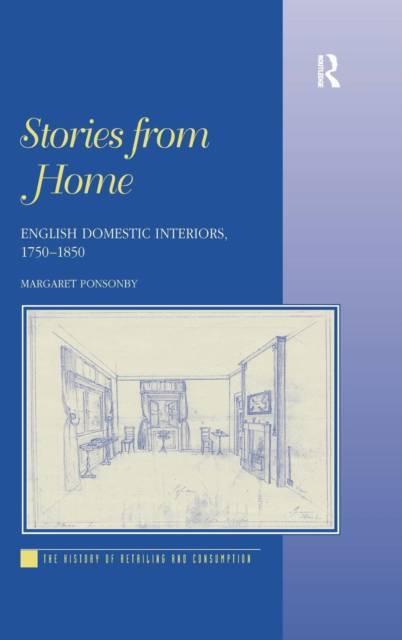
- Afhalen na 1 uur in een winkel met voorraad
- Gratis thuislevering in België vanaf € 30
- Ruim aanbod met 7 miljoen producten
- Afhalen na 1 uur in een winkel met voorraad
- Gratis thuislevering in België vanaf € 30
- Ruim aanbod met 7 miljoen producten
Zoeken
Omschrijving
This book provides a fresh look at English domestic furnishings and decoration in the period 1750-1850, focusing on 'ordinary' and 'provincial' homes. Rejecting prevailing attitudes that often reduce interiors to generic descriptions based on high fashions of the decorative arts, it instead shows how numerous social and cultural factors combined to influence the manner in which homes were furnished and decorated. Issues such as the impact of availability of goods, gender, regional taste and print culture on domestic furnishing are thoroughly explored, expanding our understanding of English domestic life of the late eighteenth and early nineteenth centuries.
Specificaties
Betrokkenen
- Auteur(s):
- Uitgeverij:
Inhoud
- Aantal bladzijden:
- 232
- Taal:
- Engels
- Reeks:
Eigenschappen
- Productcode (EAN):
- 9780754652359
- Verschijningsdatum:
- 28/12/2006
- Uitvoering:
- Hardcover
- Formaat:
- Genaaid
- Afmetingen:
- 156 mm x 234 mm
- Gewicht:
- 503 g

Alleen bij Standaard Boekhandel
+ 610 punten op je klantenkaart van Standaard Boekhandel
Beoordelingen
We publiceren alleen reviews die voldoen aan de voorwaarden voor reviews. Bekijk onze voorwaarden voor reviews.








